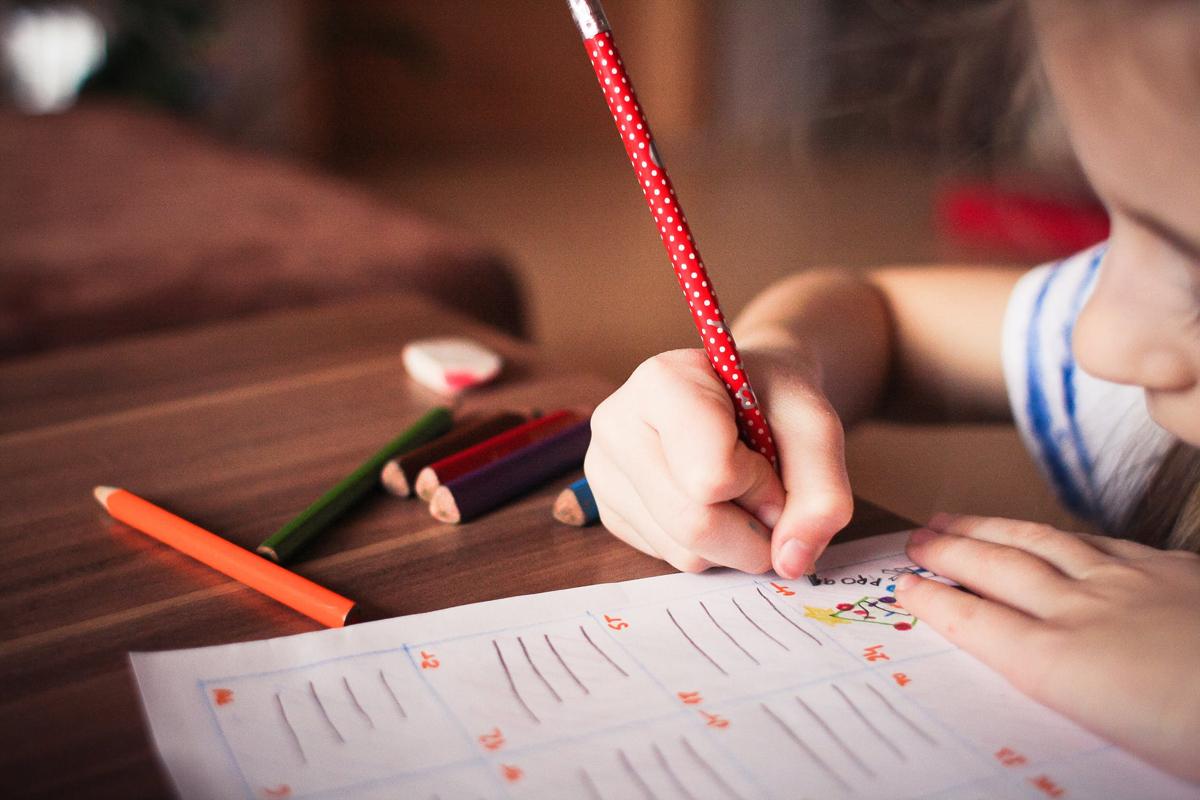Q&A: How Will Children With Disabilities Fare When School Resumes in the Fall?

With the school year coming to a close at districts across the country, education leaders fear that many students have struggled with online classrooms and fallen behind in their learning. As a result, they expect the so-called “summer slide” — the erosion of academic gains made over the prior year — to be far worse than usual and especially pronounced for children with disabilities.
To better understand the education challenges likely to arise when classes resume in the fall, the University of Denver Newsroom turned to Jeanine Coleman, a clinical associate professor in the Morgridge College of Education. Along with a team of education experts, Coleman has worked to update important guidelines for education specialists offering their services online.
What populations are most at risk for falling behind in a virtual learning environment?
Some of the children most in danger of falling far behind in academic, social and behavioral skills are children with disabilities. Many of these children (and their families), from preschool to secondary school, rely on multiple service providers and special education teachers to support them through their daily routines at school. Now, with COVID-19, parents alone are trying to fill the gap. Of course, the disabilities that children experience vary greatly from mild learning disabilities to significant intellectual disabilities with severe behavioral and language challenges.
Many families are finding themselves at a loss for what to do and how to support their child’s learning and development at home without extra support and/or equipment. Many children with disabilities rely on a consistent schedule that helps reduce anxiety and subsequent challenging behaviors. With this abrupt transition to home and the uncertainty of when students will return to school, families may experience an increase in behavioral outbursts and disengagement from the academic work. But special education teachers and special service providers — for example, speech-language pathologists, occupational therapists and school psychologists — have done an amazing job shifting to online support and guidance. Some educators are doing regular check-ins with their students via Zoom, and others have focused on supporting parents by giving them ready-made visual schedules and activities that can be implemented with materials found in the home. Special education teams are still required to meet their federal obligations to provide specialized educational services to students with disabilities under the Individuals with Disabilities Education Act (IDEA, 2004), and teams are creatively figuring out how to do that in this virtual world. Educators and families have never worked harder to support their students and children with disabilities.
What will schools need to do once they reopen to help these students recover lost ground?
For children with disabilities, the transition back to school will need to be planned and implemented slowly. As much as families and teachers want their children to return to schools, they need to be mindful not to make an abrupt transition back to school. By fall, children will have become accustomed to a stay-at-home schedule, and returning to school may trigger challenging behaviors again. Once children are back in school, teachers will need to assess their current skills to understand where to begin the curriculum again.
What challenges will children face upon returning to the classroom?
Children with significant disabilities may show a regression of skills in a very short time, so this extended period without a consistent educational experience may make it difficult for them to regain lost skills once they have returned to school. But with thoughtful planning and implementation of a curriculum designed for children with disabilities, they will continue to grow and develop.
How soon are students likely to overcome coronavirus setbacks?
I don’t think anyone knows the answer to this question. Children who are neurotypical and without disabilities are likely to recover very quickly and regain any skills that were lost in a timely manner. But for children with disabilities, it may take exponentially longer to regain those skills because they were not solid to begin with. It takes a lot longer for children with disabilities to learn a skill, like addition, than neurotypical children because the development of skills starts at birth and development continues to build upon that foundation. Children with disabilities need many more opportunities to learn new skills, positive reinforcement when they attempt those skills, and more repetition. They also need a lot of accommodations to learn new skills, such as pictures/visual supports, tasks that are broken down into smaller steps, and more time to process what the teacher or parent has asked them to do. Finally, they need services and instruction based on their individual needs.








